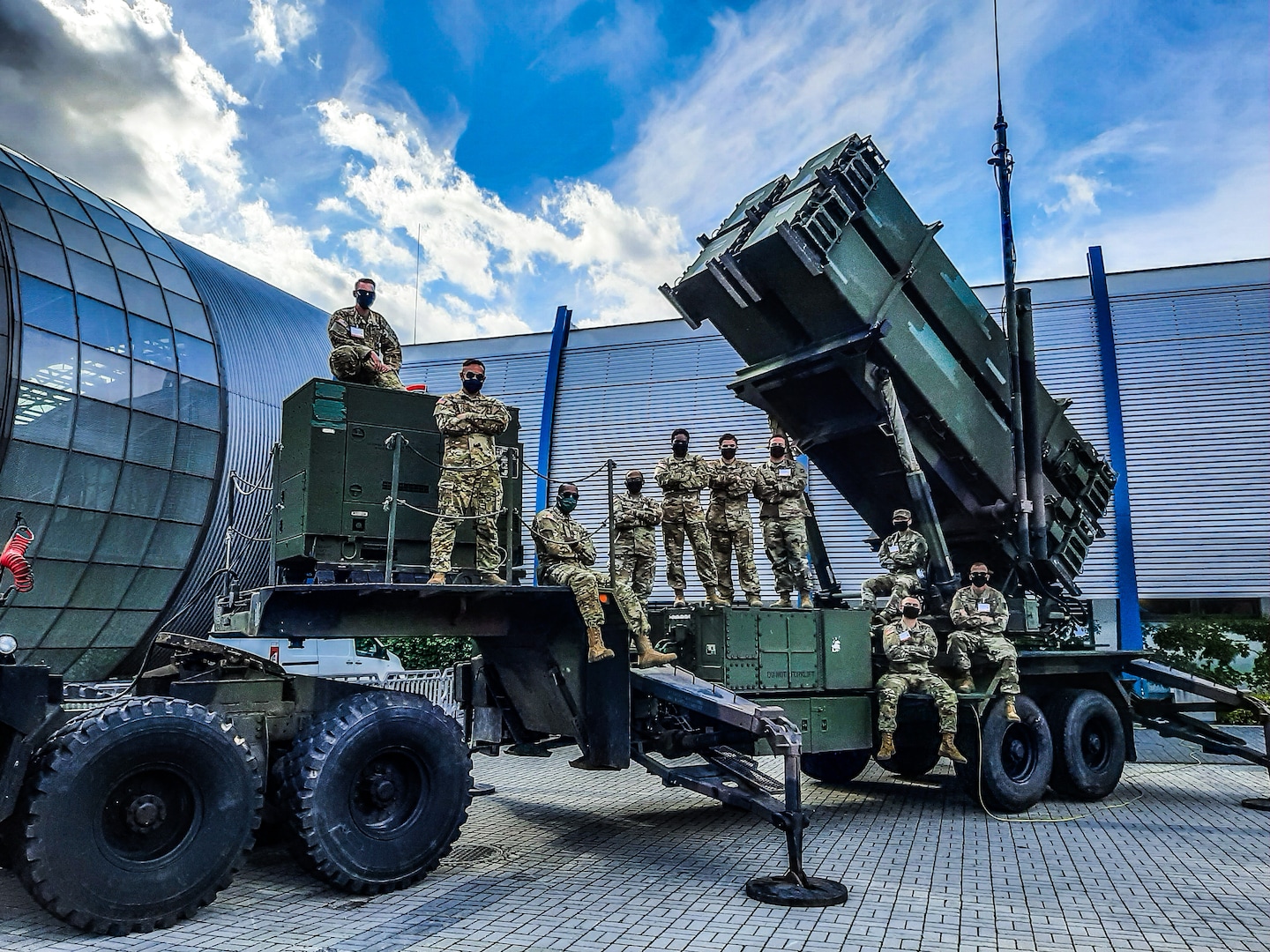While the Biden administration has provided about $20 billion in arms and military equipment to Ukraine since the invasion in late February, it has steadfastly resisted sending certain advanced weaponry — including long-range missiles, fighter jets and battle tanks — on grounds that, in Russia’s eyes, doing so would draw the United States even deeper into the war, and the maintenance and operation of such systems is complex. The White House National Security Council recommended reversing course only in recent weeks, as Russia has intensified it attacks and increased its defense coordination with Iran to supplement its dwindling drone and ballistic missile supply, a senior administration official said.
The United States has taken other steps to improve Ukrainian air defenses, including sending two National Advanced Surface-to-Air Missile Systems, or NASAMS, last month, and signing a $1.2 billion contract to build and provide six more over the next two years. Earlier in the conflict, U.S. officials helped broker a deal with Slovakia, a NATO ally, to send its only S-300 air defense system to Ukraine in exchange for NATO Patriot units.
Waves of Russian cruise missiles and Iranian-supplied drones have targeted power stations across Ukraine, knocking out electricity, water and heat. While many have been shot down using existing systems, it has not been enough. At the same time, Iran has agreed to substantially increase the number of drones it is supplying Russia, from hundreds to thousands, and Moscow has acquired Iranian ballistic missiles to supplement its own dwindling stocks.
The senior administration official said Biden will sign off on the plan to give Ukraine a Patriot system only after the Pentagon has answered all questions about training and maintenance, the legalities of a transfer, and its effect on U.S. military readiness. The Defense Department is working now on the parameters of a training program, likely to take place in Germany. Under normal circumstances, training can take more than six months. Another U.S. official said the weapons will come from U.S. stocks, but not any operational units.
Austin is expected to sign off on the proposal, first reported Tuesday by CNN, before it goes to Biden, officials said.
“This is going to be the most challenging piece of equipment that Ukraine has received to date,” said Mark F. Cancian, a retired U.S. military officer at the Center for Strategic and International Studies, whose research during the war has focused on weapons supplies. “If the Ukrainians had a year or two to absorb the Patriot, that would not be a problem. … My guess is that the Pentagon is very nervous about this.”
Cancian said the Pentagon is “taking quite a risk here” in deploying the Patriot system. “I think they decided that because the need for air defense was so great, that they were willing to take a risk that was not the case in the past.”
The Patriot system relies on sophisticated radar to detect incoming threats and fires long-range missiles to intercept them. Its launchers sit on a truck chassis and are highly mobile. About 90 troops are assigned to a typical Patriot battery, which includes up to eight launchers that each hold between four and 16 ready-to-fire missiles, depending on the type of munition.
Although it takes a crew of only three to operate the system once it is deployed, ample backup is usually required. The system is designed to be used at the battalion level, with each battalion including a headquarters, maintenance company and communication specialists.
The United States has about 15 Patriot battalions, many of them deployed in Europe and the Middle East. Several U.S. allies and partners also have their own U.S.-produced Patriot systems.
Patriot-launched missiles can fly to altitudes as high as 79,000 feet, with an operational range, depending on the type of munition used, from a dozen to 100 miles, for use against ballistic and cruise missiles, as well as aircraft. It was not clear what kind of munitions the Pentagon will propose supplying. Most of Russia’s missile barrage has been launched by aircraft outside of Ukrainian territory, from planes flying inside Russia’s borders or over the Black Sea.
The Patriot’s extended range and sophistication gives it a greater ability to see and destroy incoming threats than other systems, said Tom Karako, director of the Missile Defense Project at CSIS. But, he said, that also requires a greater responsibility to distinguish friend from foe and “an increased need to be sure what you’re firing at.”
While Karako praised the administration for being attentive to Ukrainian needs, he expressed some concern about potential effects. Patriot systems and their missiles are a scarce resource, he said, and the Pentagon should understand the cost to U.S. modernization and training efforts.
“We will need to be careful this does not affect the ability for the U.S. to flex forces globally,” he said. “One can imagine they will not come back” from Ukraine.



